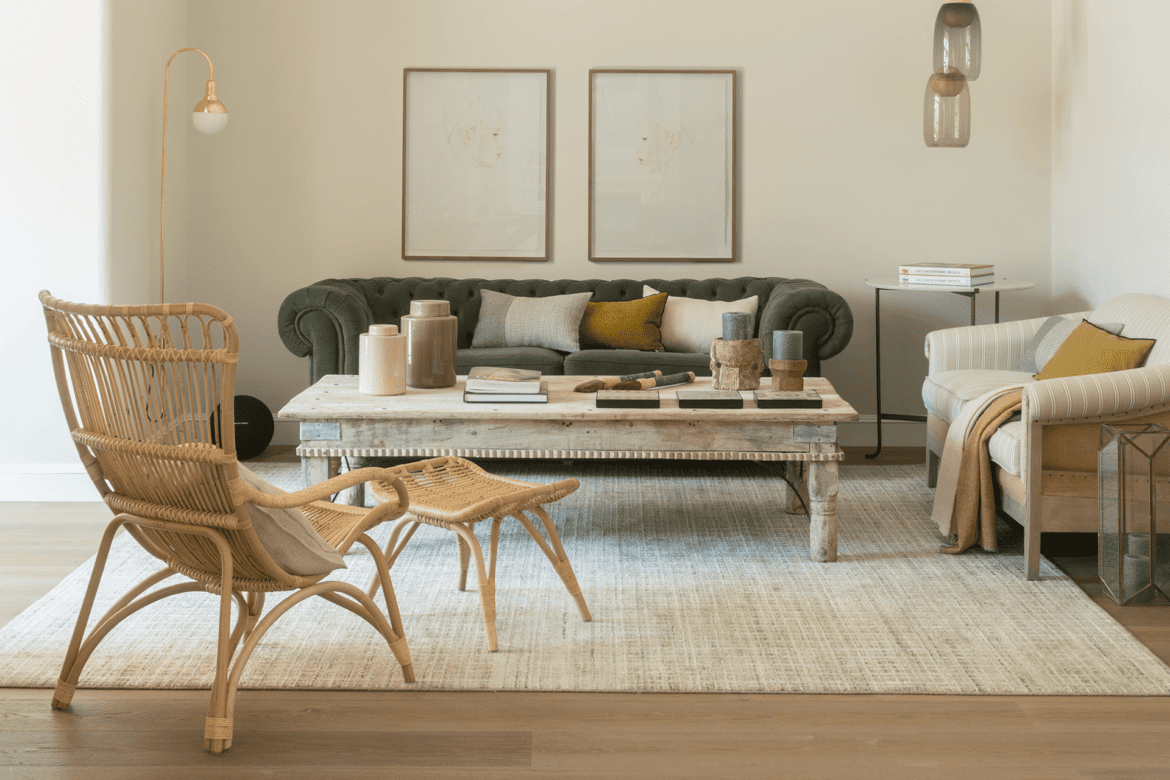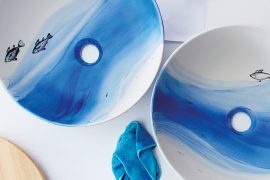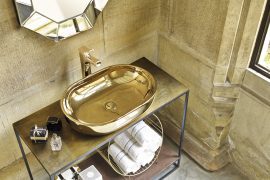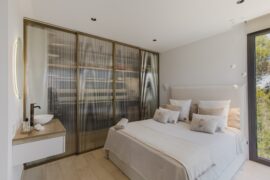Currently, environmental awareness is continuously growing and has become an integral part of our daily decisions. This consciousness has also extended to the field of interior design, where the trend towards ecological sustainability has gained momentum. More and more people are opting to be more eco-friendly in interior design.
Design Focused on Reuse and the Circular Economy
One of the most prominent trends revolutionizing interior design and allowing for the creation of more sustainable and environmentally conscious spaces is the reuse of furniture and existing elements, as well as the promotion of the circular economy. Instead of discarding furniture and accessories, they are given new life through restoration techniques. Additionally, the acquisition of second-hand furniture and objects is encouraged, promoting waste reduction and prolonging the lifespan of products.
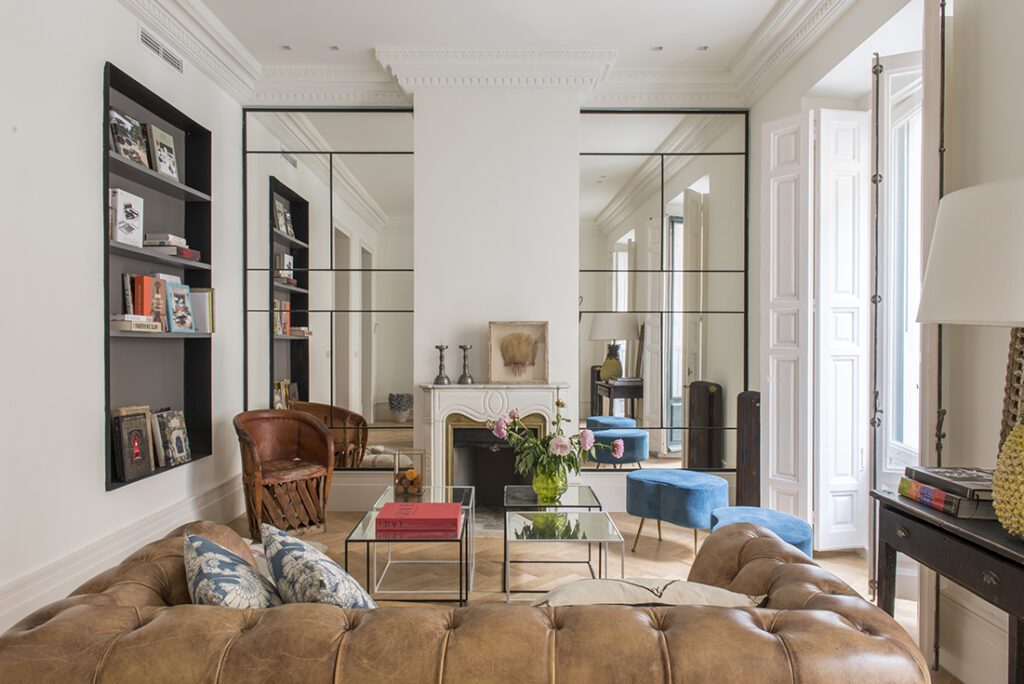
A combination that always works when reusing furniture is evoking a classic yet contemporary style. A great example is this house, where Tristán Domecq’s studio drew inspiration from its original architecture. They restored old furniture and mixed it with modern pieces.


“Recovered materials, timeless pieces, and trendy colors such as white and black mixed with wood to add a touch of warmth were used. The style of the house is marked by a series of classically styled furniture and details that are currently very much in vogue,” explains the interior designer.
In the bathrooms, the vintage style is fully integrated with the aged marble checkered floor. The brass faucets match a wooden cube that serves as a countertop for the stone Duotono basin from Bathco.
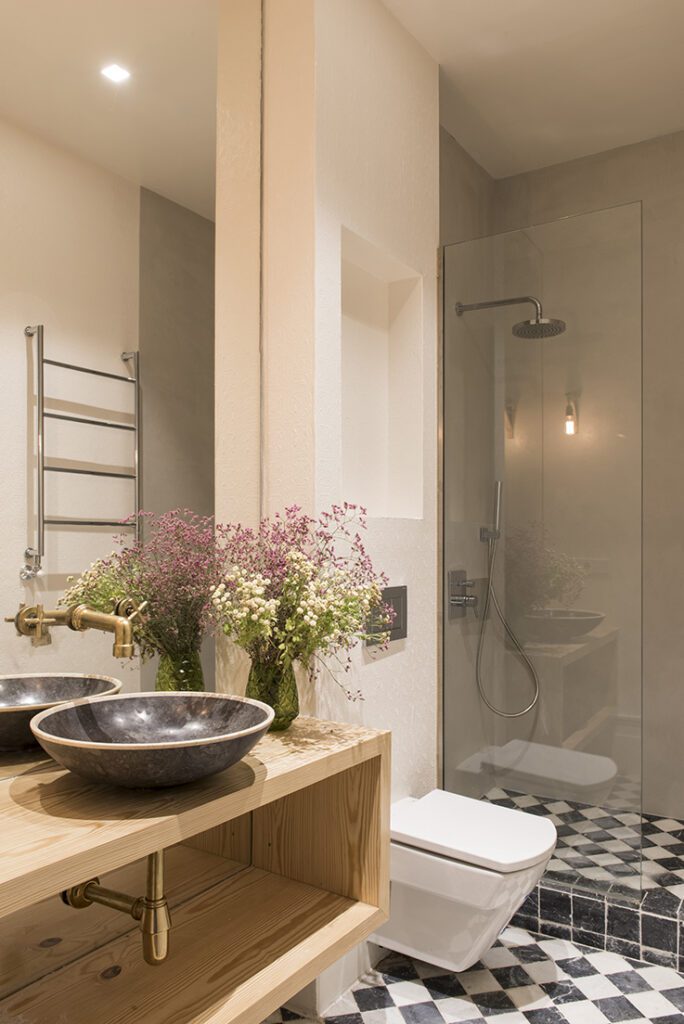
Furniture Reuse: A Sustainable Approach
Reusing existing furniture in a home before undertaking a renovation is not only an economical option but also an eco-friendly practice. Instead of disposing of old furniture and buying new ones, they are given a second chance, reducing waste generation and minimizing environmental impact. By restoring, repairing, or adapting these pieces of furniture, they are given new life, adding character and personality to interior spaces.
The combination of antique and modern elements adds great personality to the space, as Cumulolimbo Studio did in their Huellas House project. The goal was to reuse the existing furniture as much as possible, giving them an opportunity to renovate and shine.
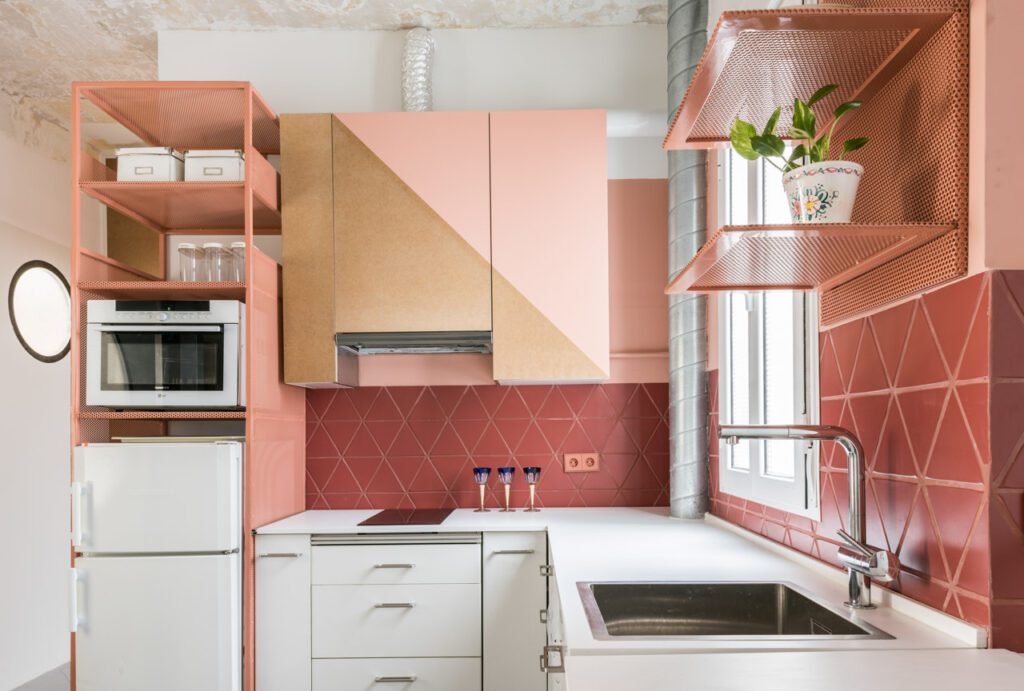
The kitchen furniture was preserved, given a second life, and received artisanal paintwork on the cabinet fronts. “The possibility of giving a second life to objects that may initially seem disposable was particularly valued,” comments the studio. The combination of color palette and textures gives this project a unique harmony. A great example is the bathroom, where the Rio basin from Bathco rests. These economical furniture solutions have allowed the original essence of the home to be preserved while adding identity to the project.
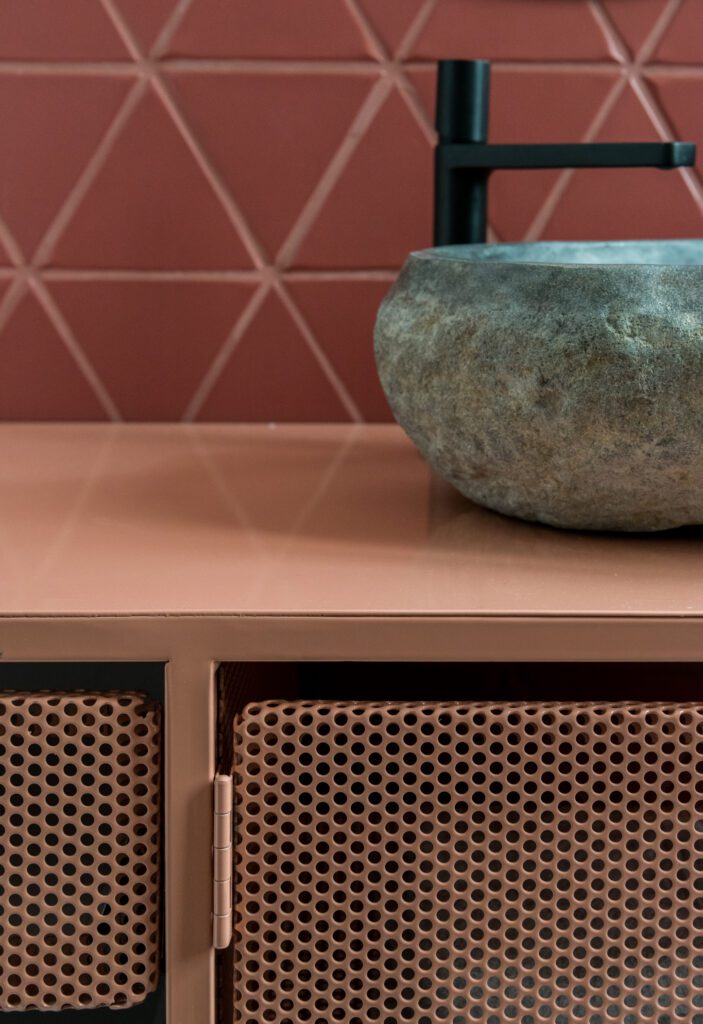
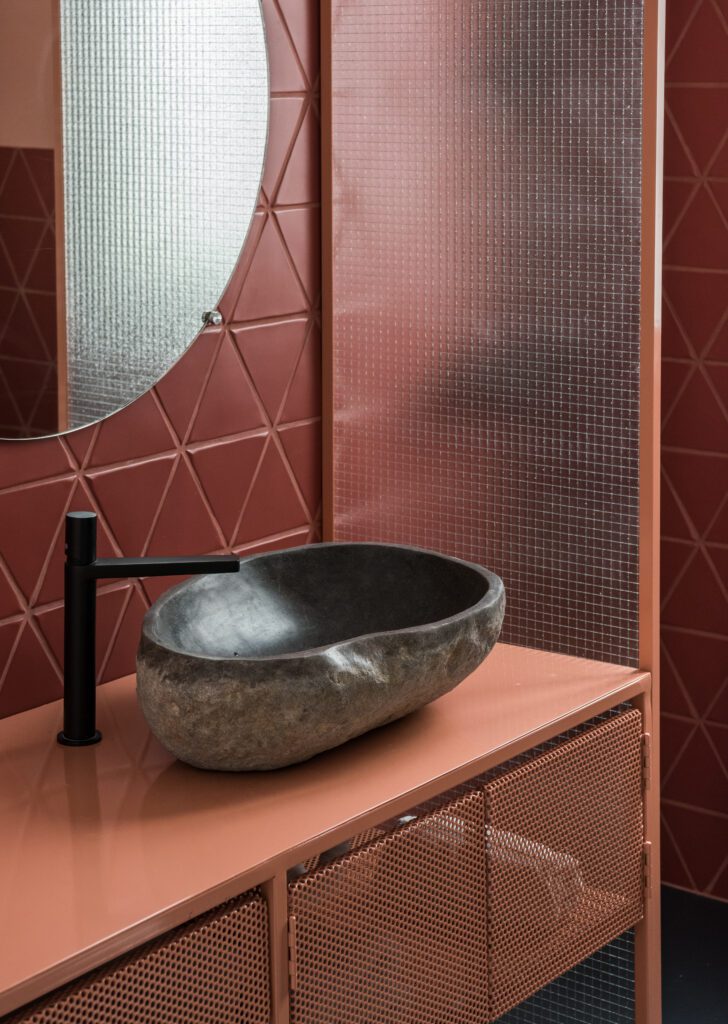
And if there is no existing furniture, there is always the option of giving a second life and a new home to furniture found in antique shops. In this home designed by The Room Studio, recovered furniture from antique shops was blended with more contemporary and current elements. This integration of different antique pieces helped enhance the original architecture of the house and add value to the entire ensemble.
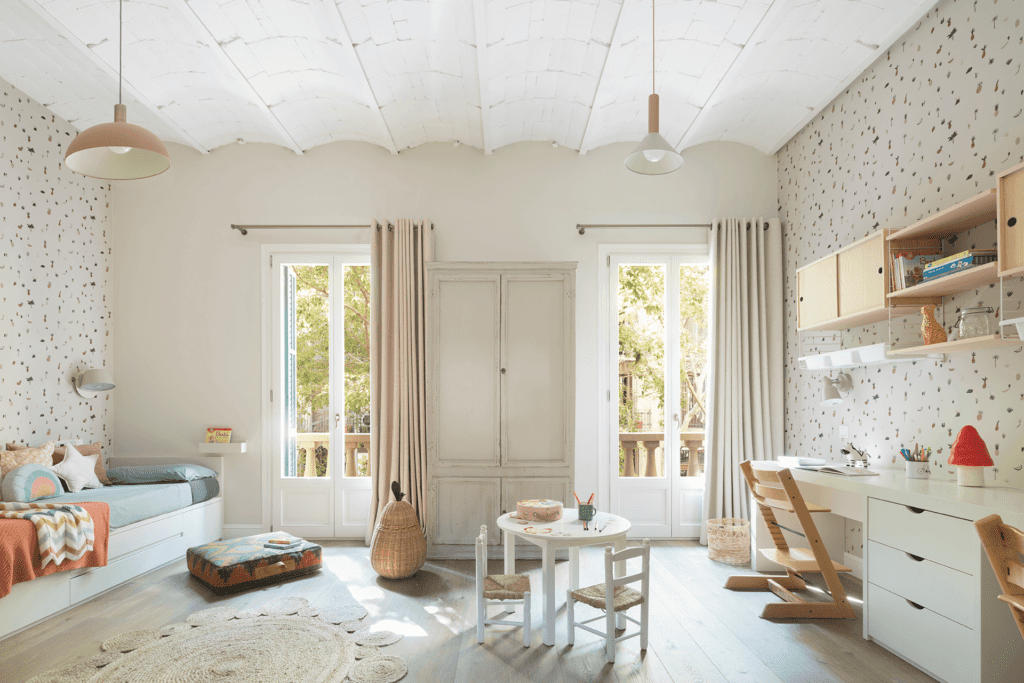
Just take a look at the spectacular result of this bathroom for the little ones in the house, where the New Lys basin from Bathco is integrated with this restored piece of furniture.

Just take a look at the spectacular result of this bathroom for the little ones in the house, where the New Lys basin from Bathco is integrated with this restored piece of furniture.


